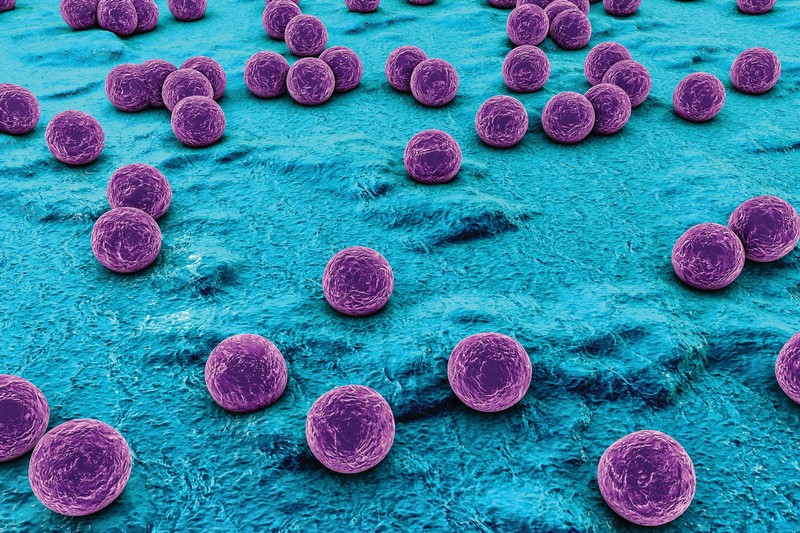The eyes are the only visual organs the human body possesses, which is why it was so important that the human body evolved the epicanthic fold, also known as the eyelids, its purpose being to protect the eyes through non-desirable conditions.
A stye or hordeolum is a reddish lump near the edge of the eyelids that often occurs when an oil gland is blocked near the eyelashes and then gets infected. Styes are common and usually go away after a couple of days. They are usually trivial, but in some cases, they can be a symptom of a skin condition left unchecked. Itchiness in the eyes and a noticeable red bump are the main symptoms of a stye. These symptoms can last anywhere from a day to a couple of days relative to how severe the infection is.
Medical attention usually isn’t required to treat a stye. But rubbing the eyes and poking the bump are not advised, as they can irritate the skin and worsen the infection.
Staphylococcus Bacteria

Staphylococcus bacteria, also known as staph, is one of the leading causes of stye. Staph is responsible for most of the infections of stye. The inflammation starts forming when an oil gland is blocked, and this allows the bacteria to fester in the blocked gland causing swelling and itchiness.
On its own, staphylococcus bacteria are relatively safe, usually residing in the throat and nasal area. They only cause minor infections, but once they penetrate the bloodstream, they can pose serious threats and problems such as pneumonia and joint infections.
The eyes are vital to most people’s daily routine, which is why a stye caused by the staphylococcus bacteria could be distracting and unbearable. Moreover, an inflammation in the eyes causes itchiness and watery eyes that can be uncomfortable and might affect your performance in visually-heavy work.
When left alone, a stye usually heals and goes away by itself. However, when exposed to irritants such as your finger and other foreign objects, a stye usually worsens, which lengthens the recovery time.










